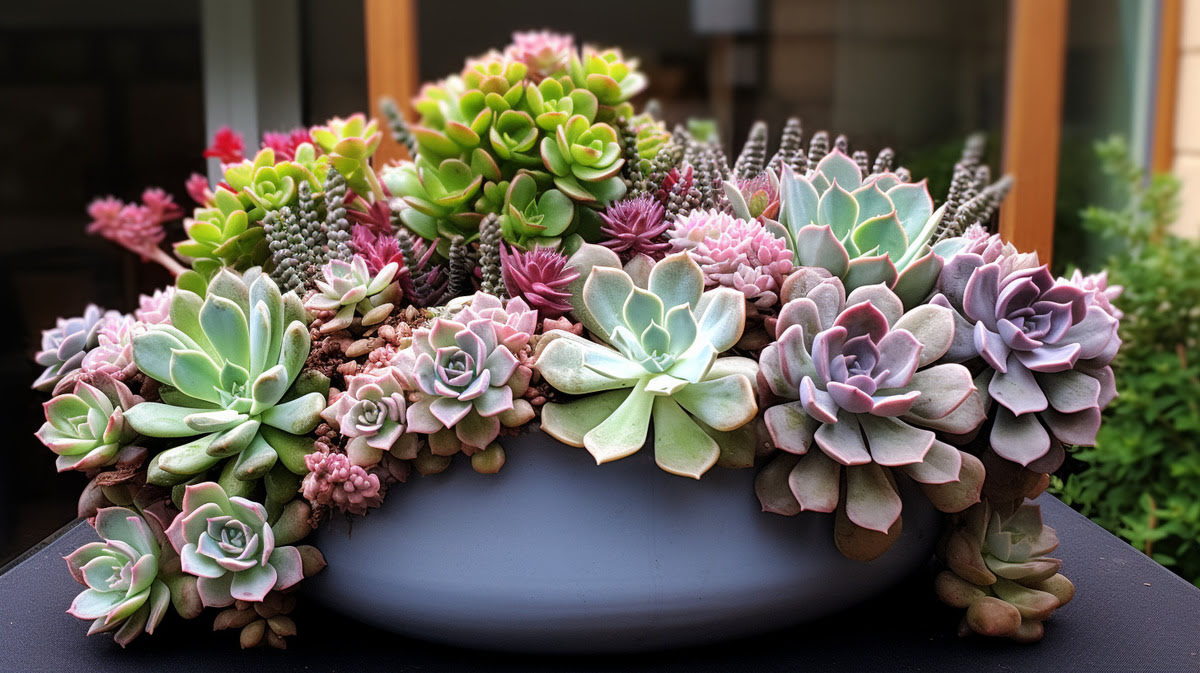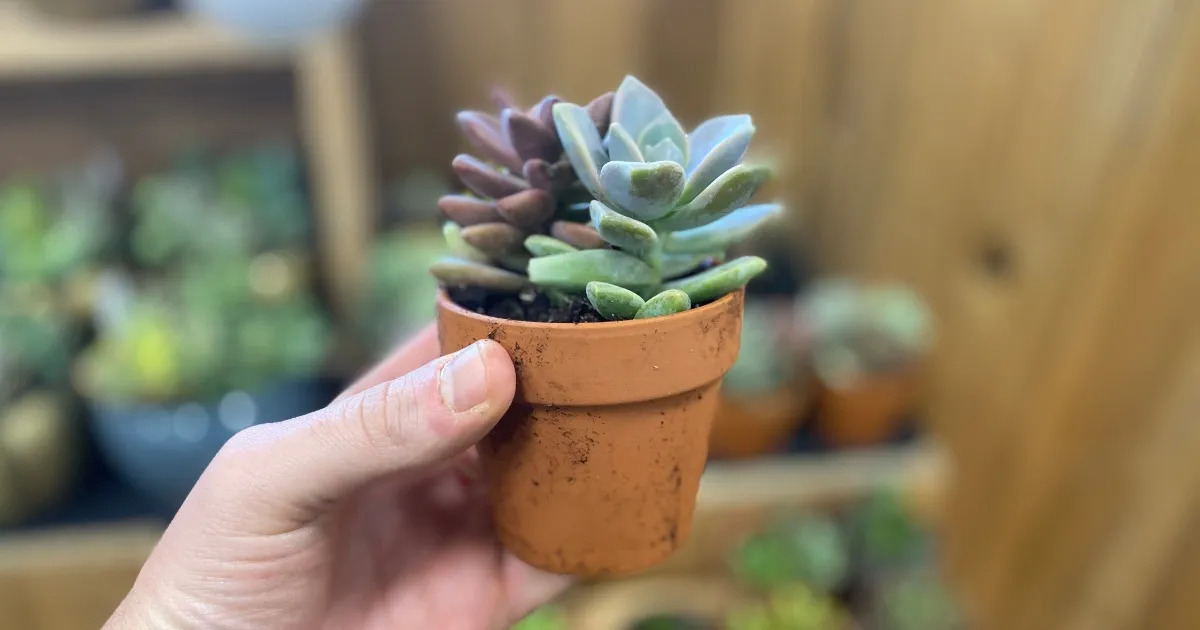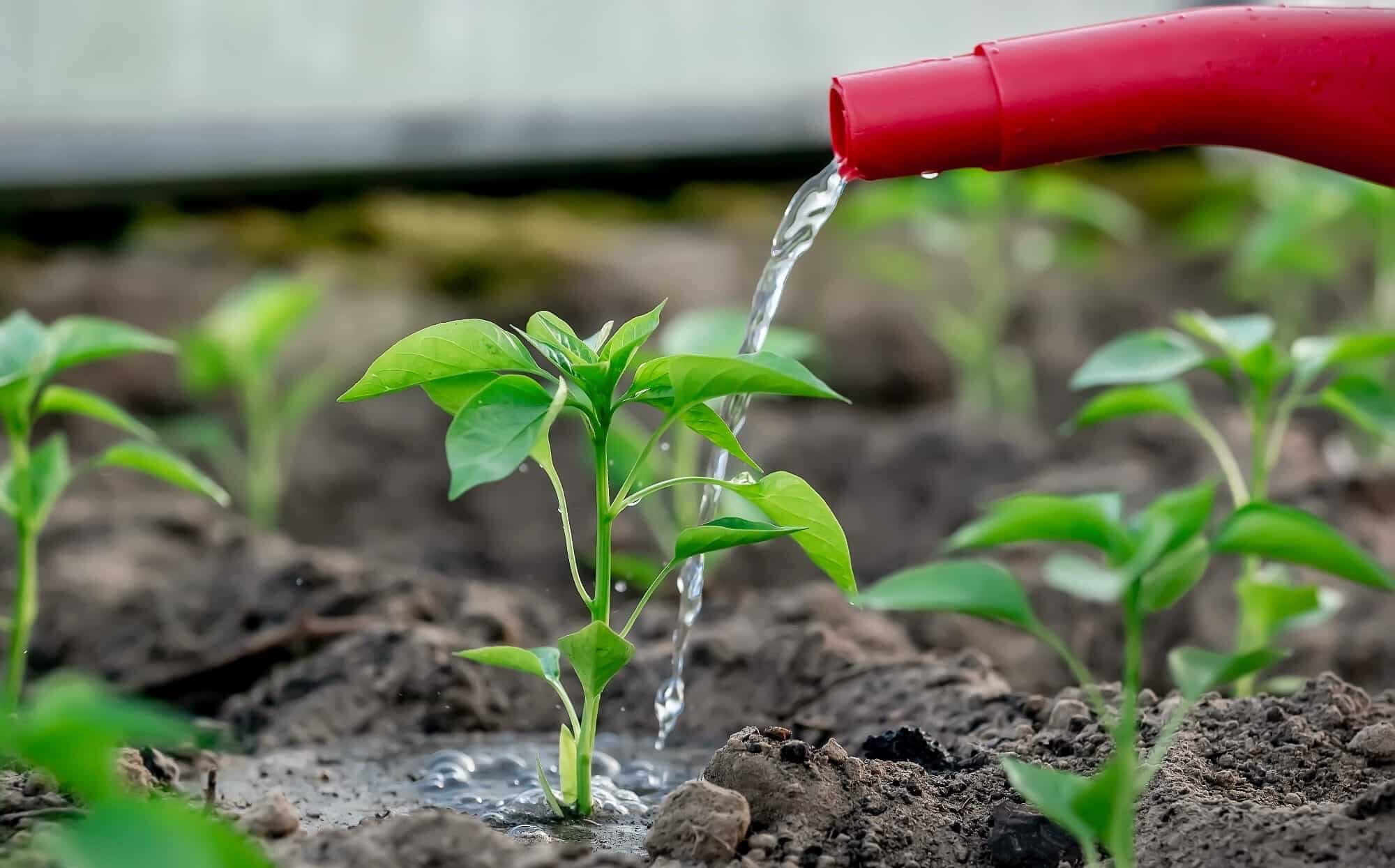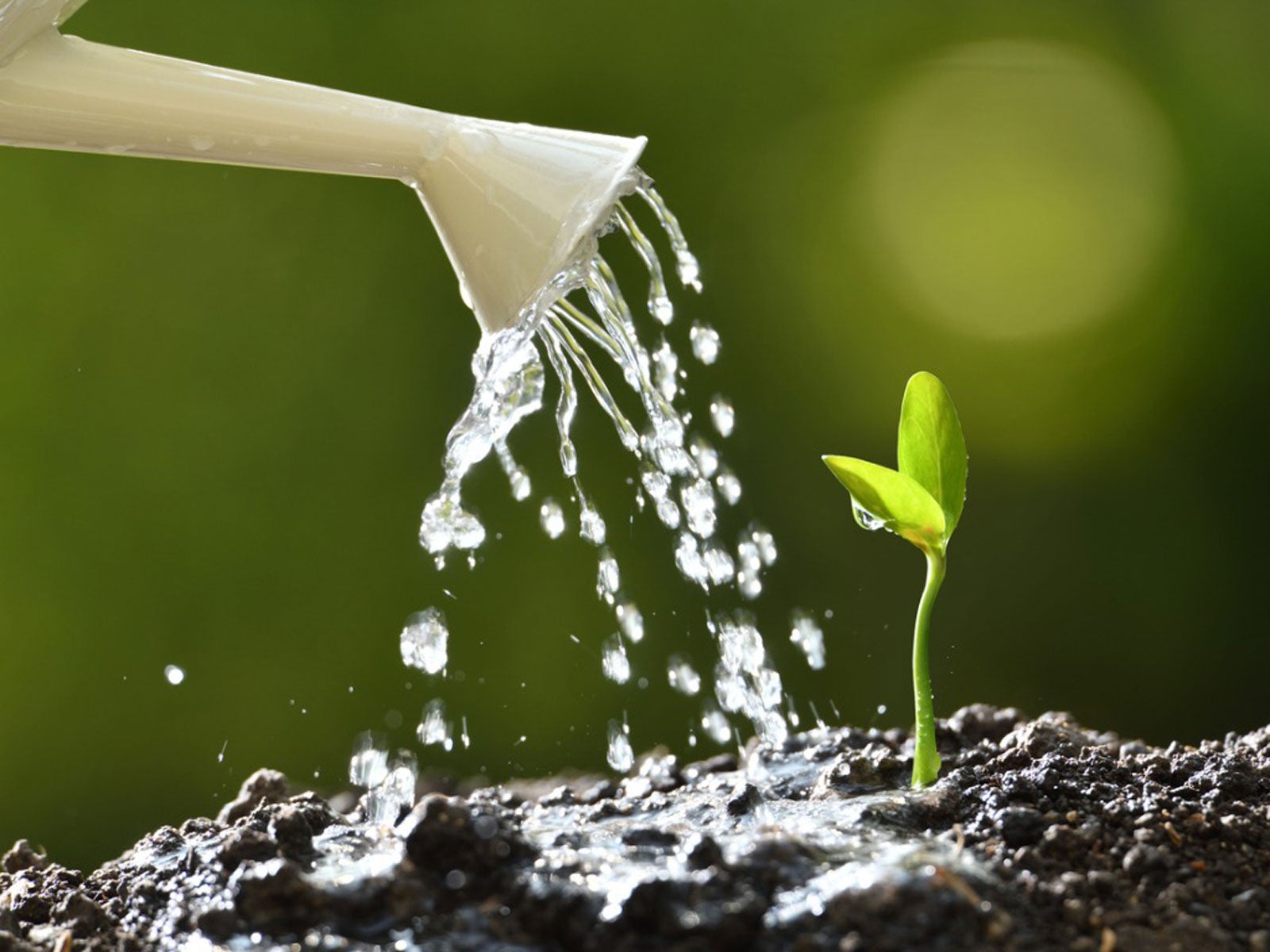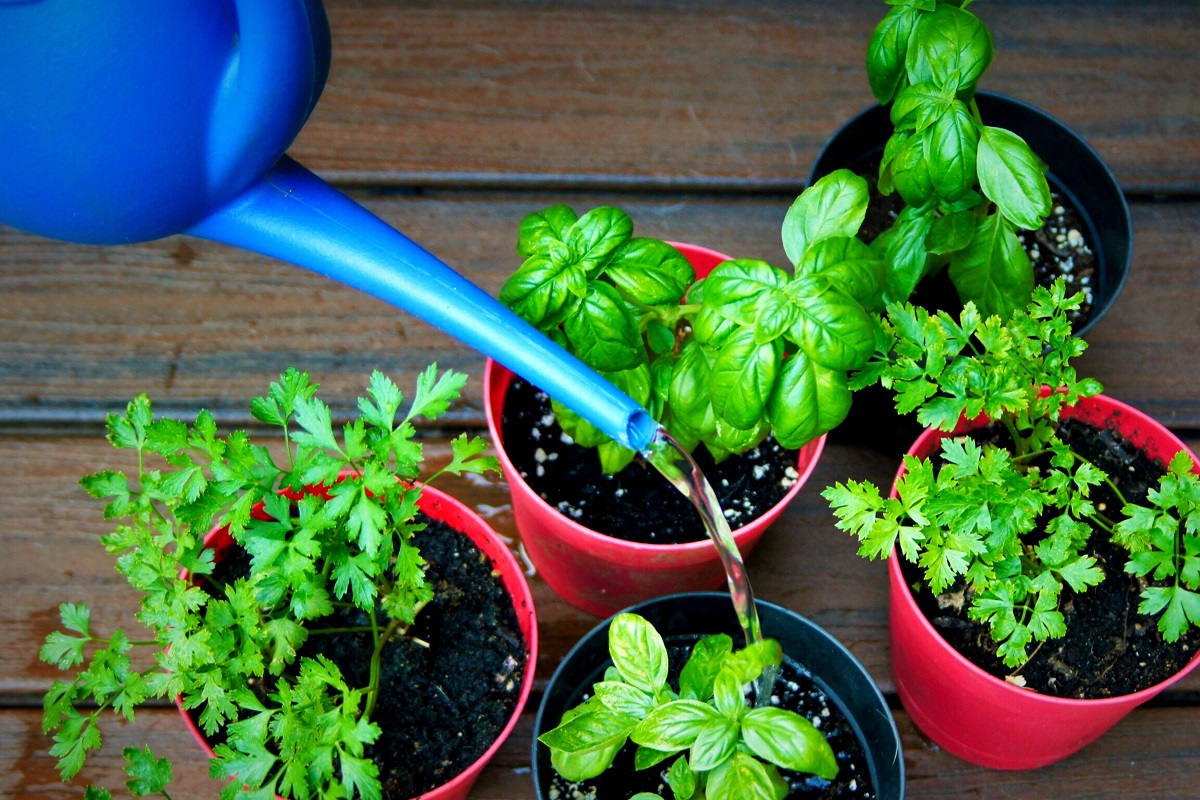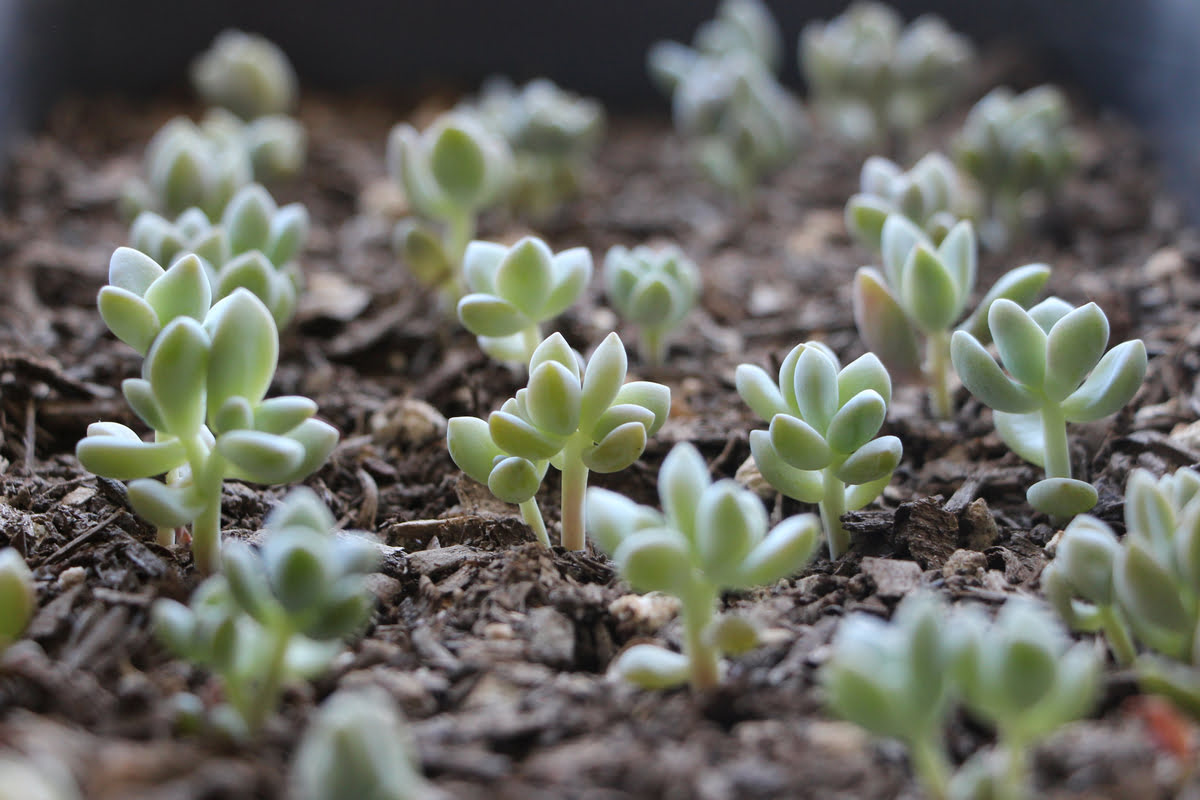Home>Gardening Tips and Tricks>Eco-Friendly Gardening>How Often To Change Water In Hydroponics
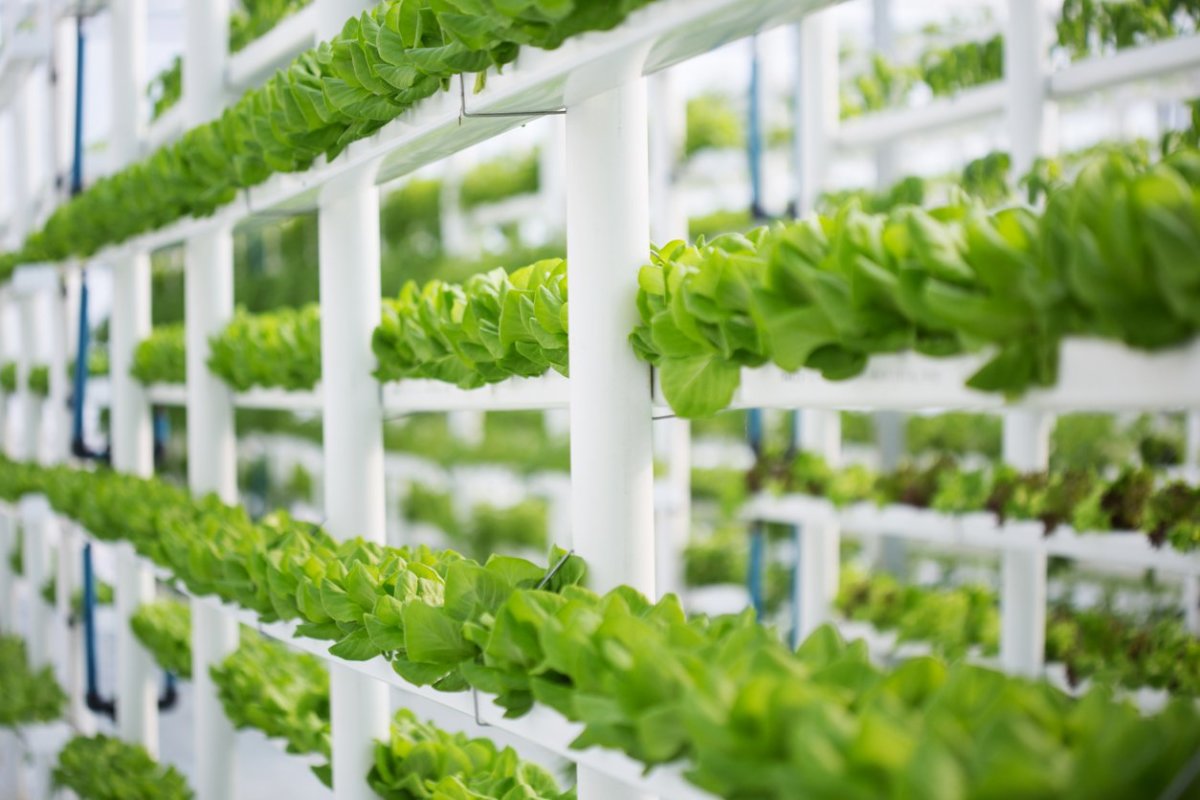

Eco-Friendly Gardening
How Often To Change Water In Hydroponics
Published: September 23, 2023
Learn how to practice eco-friendly gardening with hydroponics. Discover the ideal frequency to change water in this sustainable gardening method.
(Many of the links in this article redirect to a specific reviewed product. Your purchase of these products through affiliate links helps to generate commission for Chicagolandgardening.com, at no extra cost. Learn more)
Table of Contents
Introduction
Welcome to the world of hydroponics, a revolutionary gardening technique that allows you to grow plants without soil. By utilizing nutrient-rich water solutions, hydroponics offers a sustainable and eco-friendly approach to gardening.
Unlike traditional gardening methods that rely on soil, hydroponics allows you to have complete control over the plant’s environment. This means you can optimize factors such as water, nutrients, and light to ensure optimal growth and yield.
One of the crucial elements in hydroponics is water. Water serves as the medium for delivering nutrients directly to the plant’s roots. It plays a vital role in facilitating the absorption of essential minerals and supporting the overall growth and development of the plants.
In this article, we will explore the importance of water in hydroponics and how to effectively manage and maintain its quality. We will delve into factors that affect water quality, recommended water change frequencies, signs that indicate a water change is needed, and the steps involved in changing the water in your hydroponics system.
Additionally, we will provide you with some valuable tips and techniques to help you maintain optimal water quality in your hydroponic garden, ensuring that your plants thrive and flourish.
So, whether you are a seasoned hydroponic gardener or just starting out on your eco-friendly gardening journey, this article will serve as your comprehensive guide to understanding the significance of water in hydroponics and how to keep it in the best possible condition for your plants’ success.
Benefits of Hydroponics
Hydroponics offers numerous benefits that make it an attractive choice for eco-conscious gardeners. Here are some of the key advantages:
- Water Efficiency: Hydroponic systems use significantly less water compared to traditional soil-based gardening. The water used in hydroponics is recirculated, reducing water waste and conserving this precious resource.
- Space Optimization: With hydroponics, you can maximize your gardening space. Since plants don’t rely on soil, you can grow numerous plants in a smaller area, making it ideal for urban gardening or those with limited space.
- Year-round Cultivation: Hydroponics allows you to have full control over growing conditions, including temperature, light, and nutrient availability. This means you can grow crops year-round, regardless of the external climate or seasonal restrictions.
- Enhanced Growth & Yield: The optimized growing conditions in hydroponics result in faster and healthier plant growth, leading to increased yields. The controlled environment provides plants with the ideal conditions for nutrient absorption, resulting in vibrant and productive plants.
- No Soil-Borne Diseases: By eliminating soil from the equation, hydroponic gardening significantly reduces the risk of soil-borne pests, diseases, and weeds. This allows for cleaner and more sustainable cultivation practices.
- Chemical-Free Gardening: Hydroponic systems often use organic and natural nutrient solutions, providing a chemical-free growing environment. This promotes healthier and more natural produce, making it an excellent choice for those seeking pesticide-free options.
- Efficient Nutrient Absorption: In hydroponics, plants have direct access to the nutrients they need, resulting in better absorption and utilization. This efficient nutrient delivery system ensures that plants receive a balanced diet, leading to optimal growth.
These are just a few of the many benefits of hydroponics. With its water efficiency, space optimization, year-round cultivation potential, and increased yield, hydroponics is a sustainable gardening method that offers numerous advantages to both home gardeners and commercial growers.
Importance of Water in Hydroponics
Water plays a critical role in hydroponic gardening as it serves as the primary medium for delivering nutrients to plants. Understanding the importance of water in hydroponics is key to ensuring optimal plant growth and development.
In a hydroponics system, water acts as a carrier for essential nutrients, providing plants with the necessary elements for their growth. Unlike traditional soil-based gardening, where plants obtain nutrients from the soil, hydroponic plants rely entirely on the nutrient-rich water solution.
The controlled environment of hydroponics allows for precise control over the nutrient composition in the water solution, ensuring that plants receive the right balance of macronutrients (such as nitrogen, phosphorus, and potassium) and micronutrients (such as iron, zinc, and copper).
Water in hydroponics also plays a crucial role in facilitating the absorption of these nutrients by the plant’s roots. The absence of soil eliminates barriers for nutrient uptake, allowing the roots to directly access the water solution and absorb nutrients efficiently.
Furthermore, water is essential for regulating temperature in hydroponic systems. It acts as a thermal buffer, helping to maintain the optimal temperature range for plant growth. Proper temperature control ensures that plants remain comfortable and can carry out their vital physiological processes effectively.
It’s important to note that the quality of water used in hydroponics directly impacts the health and growth of plants. Contaminants in water, such as excess minerals or pathogens, can negatively affect plant growth and development. Therefore, ensuring the quality and purity of the water used in your hydroponic system is crucial.
By recognizing the significance of water in hydroponics and maintaining high-quality water, you can provide the ideal growing conditions for plants in your hydroponic garden. This will result in robust and healthy plants that are more resistant to diseases, pests, and environmental stressors, ultimately leading to higher yields and more satisfying harvests.
Factors Affecting Water Quality
Water quality is a crucial aspect of hydroponics that directly impacts plant health and growth. Understanding the factors that can affect water quality is essential for maintaining an optimal growing environment for your hydroponic plants. Here are some key factors to consider:
- pH Level: The pH level of water refers to its acidity or alkalinity. In hydroponics, maintaining the correct pH range is crucial for nutrient availability and absorption. Most plants thrive in a slightly acidic to neutral pH range of 5.5 to 6.5.
- EC/TDS Levels: Electrical Conductivity (EC) and Total Dissolved Solids (TDS) are measurements that indicate the concentration of dissolved minerals in water. High EC/TDS levels can indicate excessive nutrient buildup, while low levels may indicate nutrient deficiencies.
- Hardness: Water hardness refers to the concentration of minerals, particularly calcium and magnesium. The hardness of water can affect nutrient availability and lead to potential mineral imbalances in your hydroponic system.
- Chlorine and Chloramines: Municipal water supplies often treat water with chlorine or chloramines to reduce pathogens. These chemicals can be detrimental to plant health in hydroponics. Proper filtration or dechlorination is necessary to remove them before using the water.
- Contaminants and Pathogens: Contaminants such as heavy metals, pesticides, and pathogens can negatively impact plant health. It is crucial to use clean, filtered water to avoid introducing harmful substances to your hydroponic system.
- Temperature: Water temperature affects both nutrient availability and plant metabolism. Extreme temperatures can stress plants and disrupt their growth. Ideally, keep the water temperature between 65°F and 75°F for most common hydroponic plants.
- Water Source: The source of your water can impact its quality. Well water, rainwater, or tap water can vary in mineral content and pH levels. Understanding your water source allows you to tailor its treatment and adjust nutrient formulas accordingly.
To maintain optimal water quality in your hydroponic system, regularly monitor these factors using appropriate testing kits. Understanding and addressing any issues with water quality will help ensure that your hydroponic plants receive the ideal conditions they need for healthy growth and fruitful yields.
Recommended Water Change Frequency
The frequency of water changes in a hydroponic system depends on various factors such as plant growth stage, nutrient usage, water quality, and system size. While there is no one-size-fits-all answer, here are some general guidelines to help you determine the recommended water change frequency:
- Growth Stage: During the initial stages of plant growth, water changes may not be required as frequently. However, as plants mature and nutrient uptake increases, more frequent water changes may be necessary to ensure optimal nutrient availability.
- Nutrient Usage: Different plants have varying nutrient requirements. Fast-growing plants or those with high nutrient demands may require more frequent water changes to maintain nutrient balance and prevent nutrient deficiencies.
- Water Quality: Monitoring the pH level, EC/TDS levels, and other water quality parameters will help determine if a water change is required. If these levels are consistently outside the optimal range, it may be necessary to change the water to maintain a healthy growing environment.
- System Size: The size of your hydroponic system can also impact the frequency of water changes. Smaller systems with limited water volume may require more frequent water changes compared to larger systems with a larger volume of water.
As a general guideline, it is recommended to change the water in your hydroponic system every two to four weeks. This allows for the removal of any excess nutrients, minimizing the risk of imbalances and nutrient buildup. However, it is crucial to monitor the water quality regularly and adjust the water change frequency as needed.
Additionally, if you notice any signs of nutrient deficiencies, such as yellowing leaves or stunted growth, or if the water quality parameters are consistently out of range, it may be necessary to change the water more frequently to address these issues.
Remember, the goal is to maintain a stable and balanced nutrient solution for your hydroponic plants. Regular monitoring and adjustments will help ensure that your plants receive the necessary nutrients and thrive in a healthy growing environment.
Signs That Indicate a Water Change is Required
Monitoring the health and growth of your hydroponic plants is essential to determine when a water change is necessary. Here are some signs that indicate a water change may be required in your hydroponic system:
- Algae Growth: Excessive algae growth in your hydroponic system can indicate nutrient imbalances or poor water quality. If you notice an increase in algae growth, it may be a sign that a water change is needed to restore optimal conditions.
- Unpleasant Odor: Foul or unpleasant odors emanating from your hydroponic system can indicate deteriorating water quality. This can be caused by the accumulation of organic matter or the presence of harmful bacteria. A water change can help refresh the system and eliminate the odor.
- Visible Sediment: If you notice sediment or particles floating in the water or settling at the bottom of your reservoir, it may be a sign of nutrient buildup or impurities. This can negatively impact nutrient absorption and plant health, requiring a water change to restore clarity and cleanliness.
- Yellowing or Wilting Leaves: Yellowing or wilting leaves can indicate nutrient deficiencies or imbalances in your hydroponic system. If you have already ruled out other factors such as lighting or temperature, a water change may be necessary to provide fresh nutrients to the plants.
- Declining Plant Health: If your plants are not growing as vigorously as before, with stunted growth or overall poor health, it may be a sign of inadequate nutrient availability or water quality issues. A water change can help replenish essential nutrients and improve plant health.
- Consistently High or Low pH Levels: pH levels that consistently exceed or fall outside the optimal range can affect nutrient uptake and plant health. If regular pH adjustment fails to correct the imbalance, a water change may be necessary to restore proper pH levels.
It is essential to regularly monitor your hydroponic system for any of these signs and address them promptly. Conducting routine checks and observations will help identify when a water change is required to maintain a healthy and thriving growing environment for your hydroponic plants.
Steps to Change Water in Hydroponics System
Changing the water in your hydroponics system is a fundamental task that helps maintain optimal nutrient levels and water quality for your plants. Here are the steps involved in changing the water:
- Drain the System: Start by draining the existing water from your hydroponic system. Open the drain valves or use a pump to remove the water completely. Ensure that no residual water is left in the system.
- Remove Plants: Carefully remove the plants from their growing containers or baskets, taking care not to damage the roots. Set them aside in a clean and safe location while you prepare the fresh water solution.
- Clean the System: Thoroughly clean the hydroponic system components, including the reservoir, trays, and any tubing or pipes. Use a mild detergent or hydrogen peroxide solution to remove any algae, sediment, or debris that may have accumulated. Rinse thoroughly with clean water.
- Prepare Fresh Nutrient Solution: Follow the instructions provided with your hydroponic nutrient solution to prepare a fresh batch. Measure and mix the appropriate amount of nutrients into the clean water, ensuring that the solution is well-mixed and the pH is within the recommended range.
- Refill the System: Pour the fresh nutrient solution into the cleaned reservoir, ensuring that all components are filled to the appropriate levels. Take care not to overflow or damage any plants or equipment during this process.
- Reintroduce Plants: Gently place the plants back into their growing containers or baskets, ensuring that the roots are properly situated in the growing medium. Adjust any support structures or stakes as necessary.
- Monitor and Adjust: After changing the water, closely monitor the plants for any signs of stress or nutrient deficiencies. Adjust the nutrient solution or pH levels as needed to ensure optimal growth and health.
It is important to note that the frequency of water changes may vary based on your specific hydroponic setup and the needs of your plants. Regular monitoring of water quality and plant health will help you determine the appropriate schedule for changing the water in your hydroponics system.
By following these steps and maintaining a consistent water change routine, you will provide your hydroponic plants with a fresh and balanced nutrient solution, supporting their growth and ensuring a healthy and productive hydroponic garden.
Tips for Maintaining Water Quality in Hydroponics
Achieving and maintaining optimal water quality is crucial for the success of your hydroponic system. Here are some tips to help you maintain the highest quality water for your plants:
- Use Filtered Water: Start with clean, filtered water as the foundation of your hydroponic system. This helps reduce the risk of contaminants, such as heavy metals or chemicals, that can negatively impact plant health.
- Regularly Monitor pH and EC/TDS: Regularly test the pH level and electrical conductivity (EC) or total dissolved solids (TDS) of your water. This enables you to adjust nutrient levels and pH, ensuring that your plants have access to the ideal nutrient concentrations and pH range.
- Manage Nutrient Levels: Diligently follow the recommended nutrient dosages for your plants and adjust as needed based on growth stages and plant health. Overfeeding or underfeeding can lead to imbalances and adversely affect water quality.
- Maintain Proper Oxygenation: Ensure that your hydroponic system is well-aerated, providing the necessary oxygen to the plant roots. This promotes root health and prevents the development of anaerobic conditions that can compromise water quality.
- Regularly Clean and Disinfect: Clean and disinfect your hydroponic system components, including reservoirs, trays, and tubing, on a routine basis. This prevents the buildup of algae, pathogens, and other contaminants that can threaten water quality.
- Minimize Light Exposure: Light exposure can promote algae growth, which can negatively impact water quality. Shield your reservoir from direct light by using dark-colored or opaque containers or covering them with light-blocking materials.
- Implement Water Treatment: Utilize water treatment methods, such as UV sterilization, ozone treatment, or beneficial microbial additives, to maintain water quality and control the growth of harmful organisms without using harsh chemicals.
- Monitor Temperature: Keep a close eye on water temperature, as extreme temperatures can negatively affect nutrient availability and plant health. Use water chillers or heaters, if necessary, to maintain the optimal temperature range for your plants.
- Practice System Maintenance: Regularly check for leaks, clogs, or malfunctioning equipment in your hydroponic system. Address any issues promptly to prevent water quality problems or disruptions to plant growth.
- Record Keeping: Maintain a record of your water quality, nutrient dosages, and any adjustments made. This allows you to track trends and identify patterns that may affect water quality or plant health, enabling you to make informed adjustments in the future.
By following these tips and consistently maintaining water quality in your hydroponic system, you will create a healthy and productive growing environment for your plants. Healthy water promotes healthy plants, leading to higher yields and a successful hydroponic gardening experience.
Conclusion
In the world of hydroponics, water is a vital component that plays a crucial role in the growth and development of plants. Understanding the importance of water and how it affects plant health is key to successful hydroponic gardening.
By implementing the recommended water change frequency and staying vigilant for signs that indicate a water change is necessary, you can maintain optimal water quality in your hydroponic system. Regular monitoring of pH levels, EC/TDS measurements, and overall water quality will help you create the ideal growing environment for your plants.
Remember to follow the proper steps for changing water in your hydroponics system, ensuring the removal of any contaminants or nutrient imbalances. Take the time to clean and disinfect your system regularly to prevent algae growth and the accumulation of harmful pathogens.
Additionally, implementing the tips for maintaining water quality, such as using filtered water, managing nutrient levels, and practicing proper system maintenance, will help you create a sustainable and thriving hydroponic garden.
As you embark on your hydroponic gardening journey, remember that water is the lifeblood of your plants. By providing clean, balanced, and nutrient-rich water, you are setting the stage for healthy growth, abundant yields, and a more eco-friendly approach to gardening.
So, embrace the wonders of hydroponics, harness the power of water, and enjoy the rewards of a sustainable and fruitful garden.
